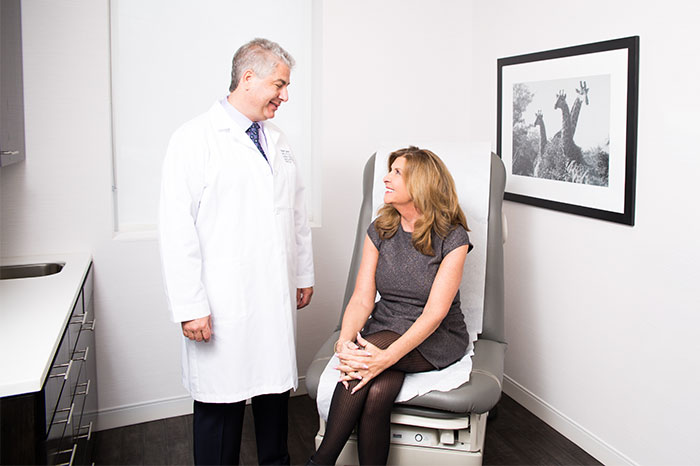If you’re overweight or obese, strolling through Manhattan’s Central Park may be more of a chore than a walk in the park. But it’s an iconic Manhattan landmark that’s been featured in over 240 movies and visited by more than 40 million people a year.
Imagine being able to escape the hustle and bustle of Manhattan and walk through the 843-acre park dotted with 19,000 trees, man-made ponds and streams, and over 9,000 wooden benches. A brisk walk can improve your mood, burn calories, and improve your health. But if your weight is a problem, your health and ability to get around may not be ideal. Fortunately, a weight-reduction procedure for obesity called Laparoscopic Sleeve Gastrectomy can help you lose weight, control hunger, and be more active.

